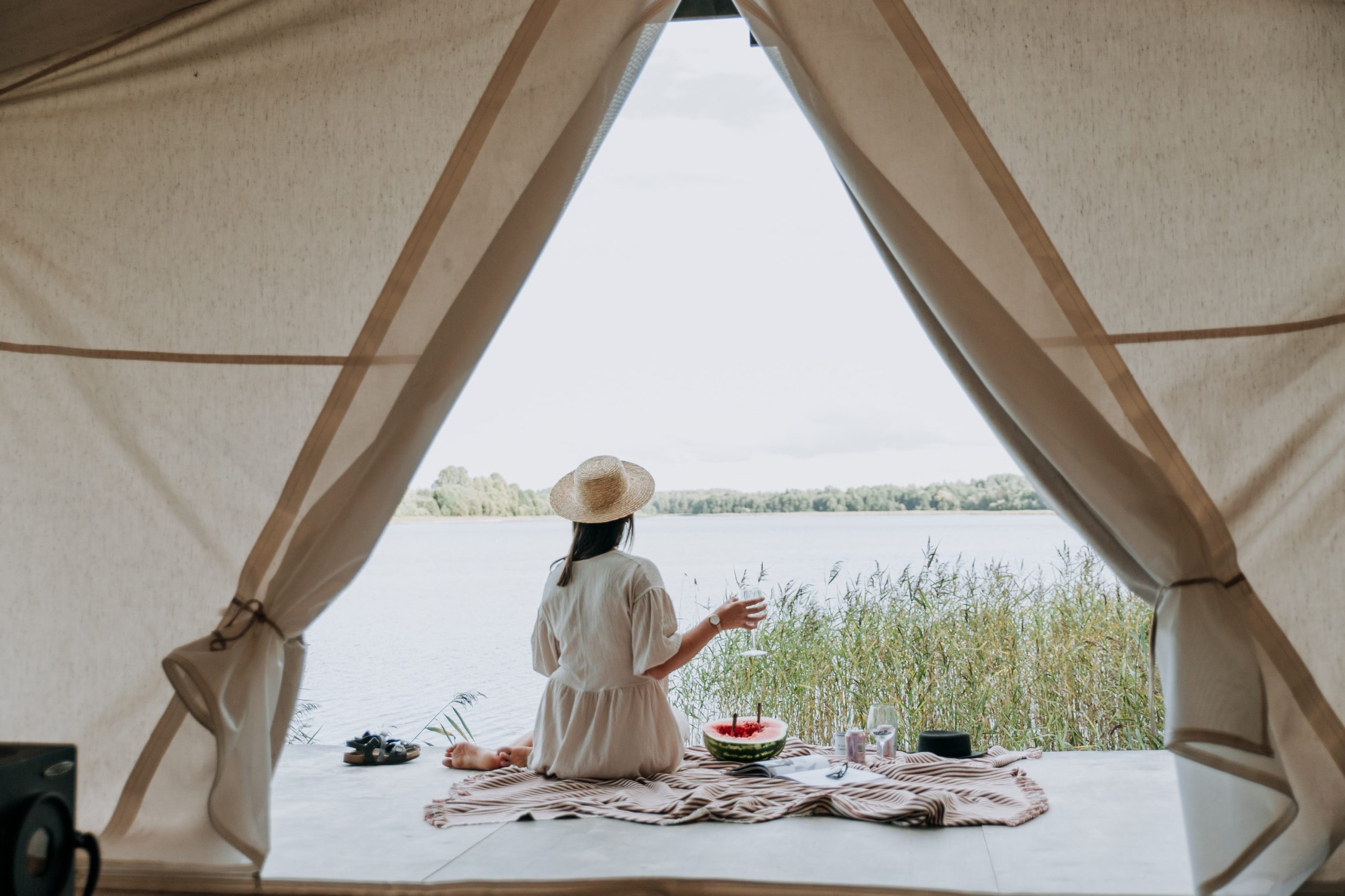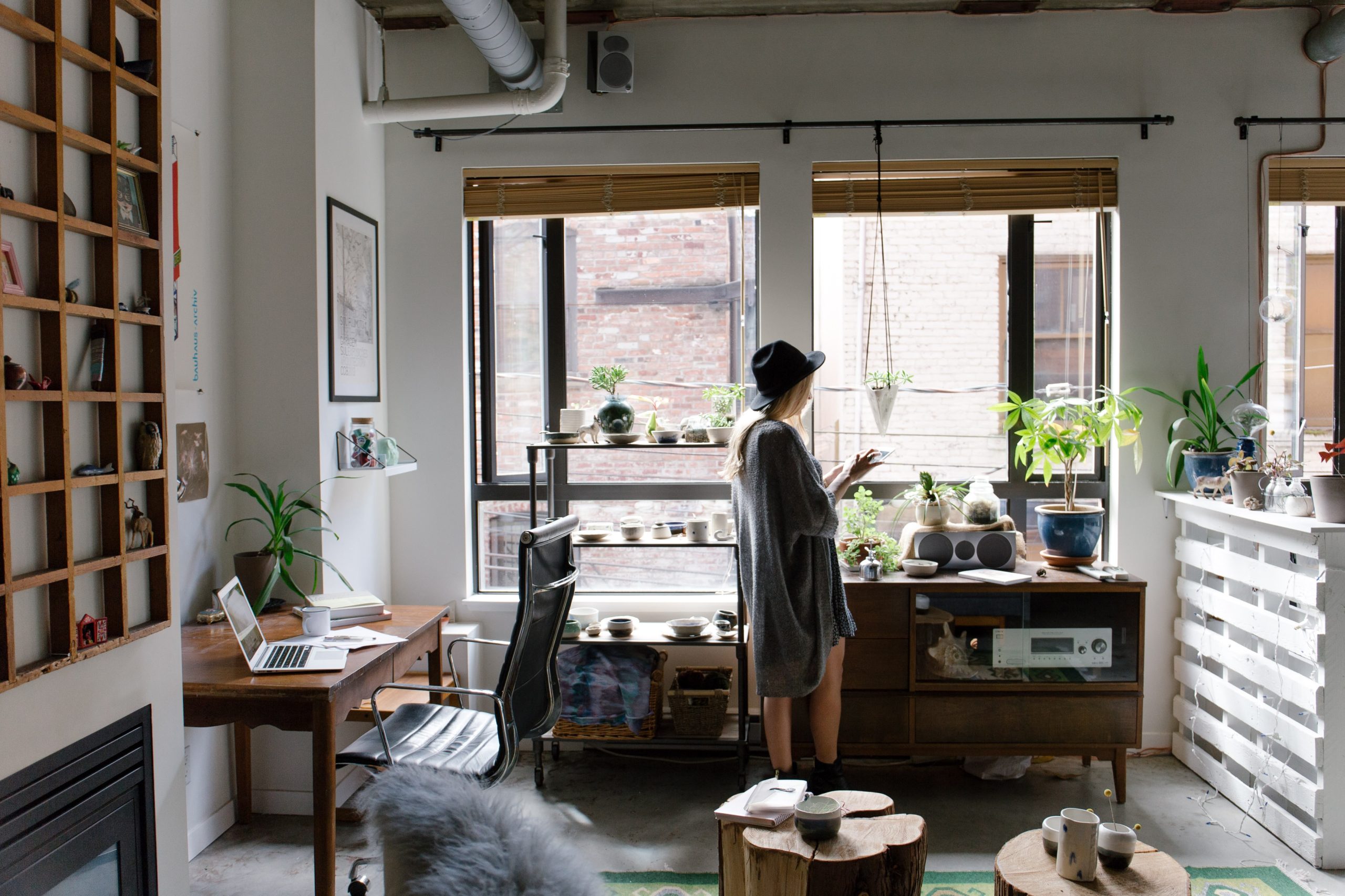Our home should be a calming oasis. It’s somewhere that brings us both happiness and a sense of peace. (Particularly in this often hectic world.) To me, there’s no better feeling than coming home at the end of a long day to somewhere that relaxes me. Turning my house into a personal sanctuary is my ultimate goal—and thankfully, one of my favorite designers shared his top meditation room ideas to help all of us craft the perfect haven.
I’ve rearranged and redecorated to surround myself with objects I love, colors that make me feel calm and focused, and family photos and trinkets that bring back happy memories with friends and family. I know I’m not alone when I say that these past few months (well, years… ) have sent my anxiety spiraling. One thing that’s helped me cope? Starting a daily meditation practice.
The Importance of a Meditation Practice
I’ll be honest, I wasn’t always sold on meditation. Even considering all of its benefits, it was a struggle to quiet my mind. I’d tried it in yoga and even have several apps for it. But it wasn’t until I read this quote by Headspace co-founder, Andy Puddicomb that I decided to commit. And 30 days later, I’ve already felt my anxiety, mood, and stress levels transform. (For the better, of course.)
“The mind,” Puddicomb said, “if we leave it alone, if we don’t take any time to look after it, it will start to break down and we won’t experience life in the happiest way possible. We often think that happiness is somewhere in the future […] We’re always looking to the future and someplace else in the hope that we’ll find it. You’re going to have to give up looking for happiness outside of yourself. The only thing to do is to get comfortable with the mind as it is. Whether it’s a busy mind or a quiet mind. Thoughts you like, thoughts you don’t like. Pleasant feelings, unpleasant feelings—you just have to get comfortable with it.”
Lightbulb! This is when it all changed for me. I needed to stop trying to answer all of the unknowns and just sit with my uncomfortable feelings. I needed to be present—to embrace patience and stillness. I needed a meditation practice.
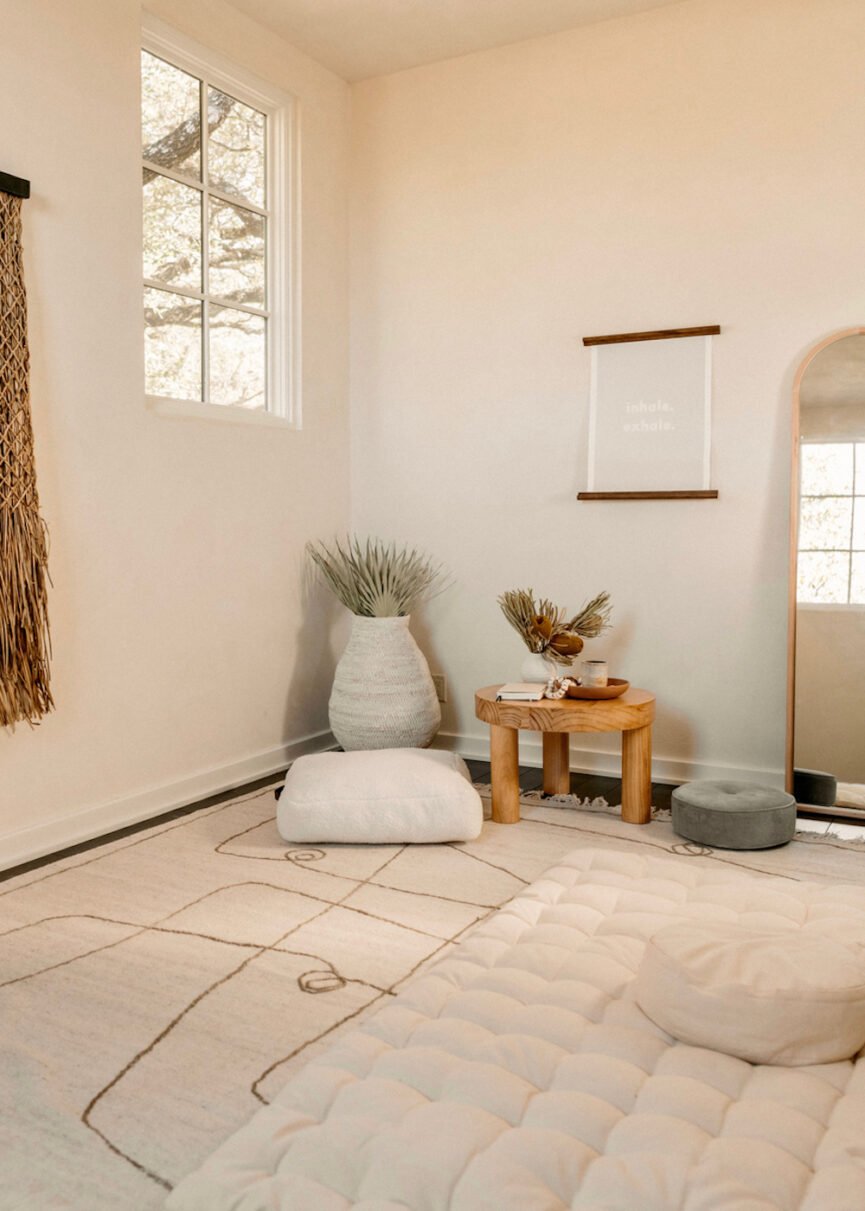
Meditation Room Ideas to Help You Craft a Calming Space
Enter my personal meditation space. With it, I have somewhere I can commit to silence, stillness, and getting comfortable with my uncomfortable, anxious thoughts.
To design the perfect meditation space, I turned to one of my favorite interior designers, Jeremiah Brent. If you follow his work, you’ll know that he’s a big proponent of meditation and creating morning rituals that set the tone of the home. “Mindfulness has always been a part of my adult life but has looked different in different seasons,” he tells me. “There’s something about reflection and breath that resets us and helps us show up as the best version of ourselves.” We couldn’t agree more.
Meditation is key to setting his day up for success. Brent adds: “There are so many roles that I play and people I interact with in my everyday life. Whether it’s my design team, husband, children, or clients—I can best show up for them after I’ve sat and reconnected with myself. It all ties together and meditation is the way that I have best found to do that.”
So, how do we carve out that time and space? We asked Brent to share his best meditation room ideas. Let’s get into it.

Jeremiah Brent
An interior designer based in New York City, Jeremiah Brent, founder of Jeremiah Brent Design (JBD) and lifestyle brand Atrio, has a rare understanding of the ineffable qualities that keep us truly connected to the spaces we inhabit. His fine-honed intuition and sophisticated sensibilities have led to the transformation of countless homes and commercial properties across the world—a feat that landed him on Architectural Digest’s AD100.
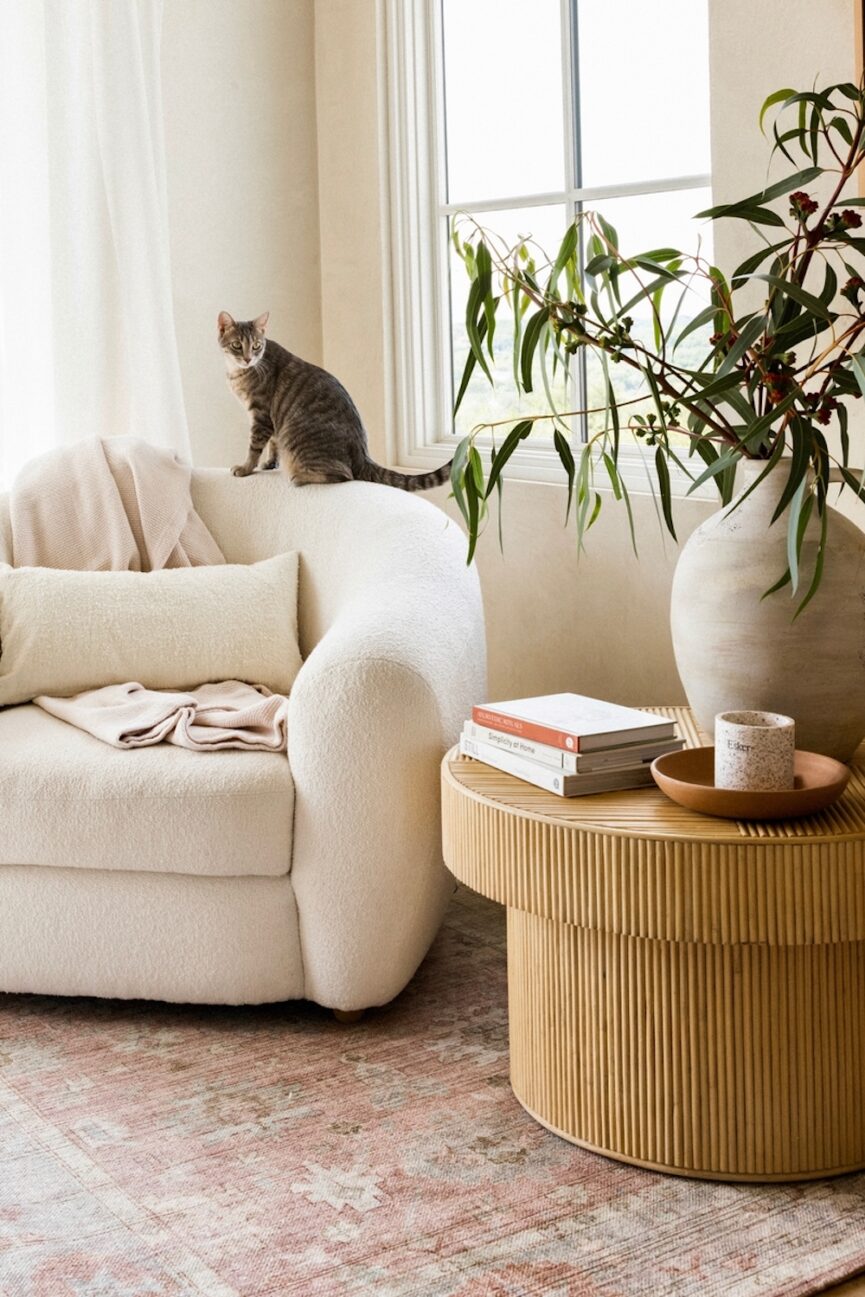
1. Create a Mindful Corner
It’s important to create a special corner or even a room at home to practice daily meditation. It should be somewhere that provides you with the opportunity to recharge both physically and mentally.
“You want your home to represent the pillars of life that mean the most to you,” says Brent. “Bysetting an environment for the ceremony, there’s an invitation to experience continuous inner grounding for yourself and for all those who enter into your space.”
To be clear: you do not need an entire room for it. An empty corner, a space in your closet, bathroom, living room, or even a spot in your backyard or garden will work just fine. Set aside a special place that is completely devoted to being still and working out your mind. It’s less about space and more about picking out and prioritizing an area where you can focus on yourself—even if it’s just five minutes a day.
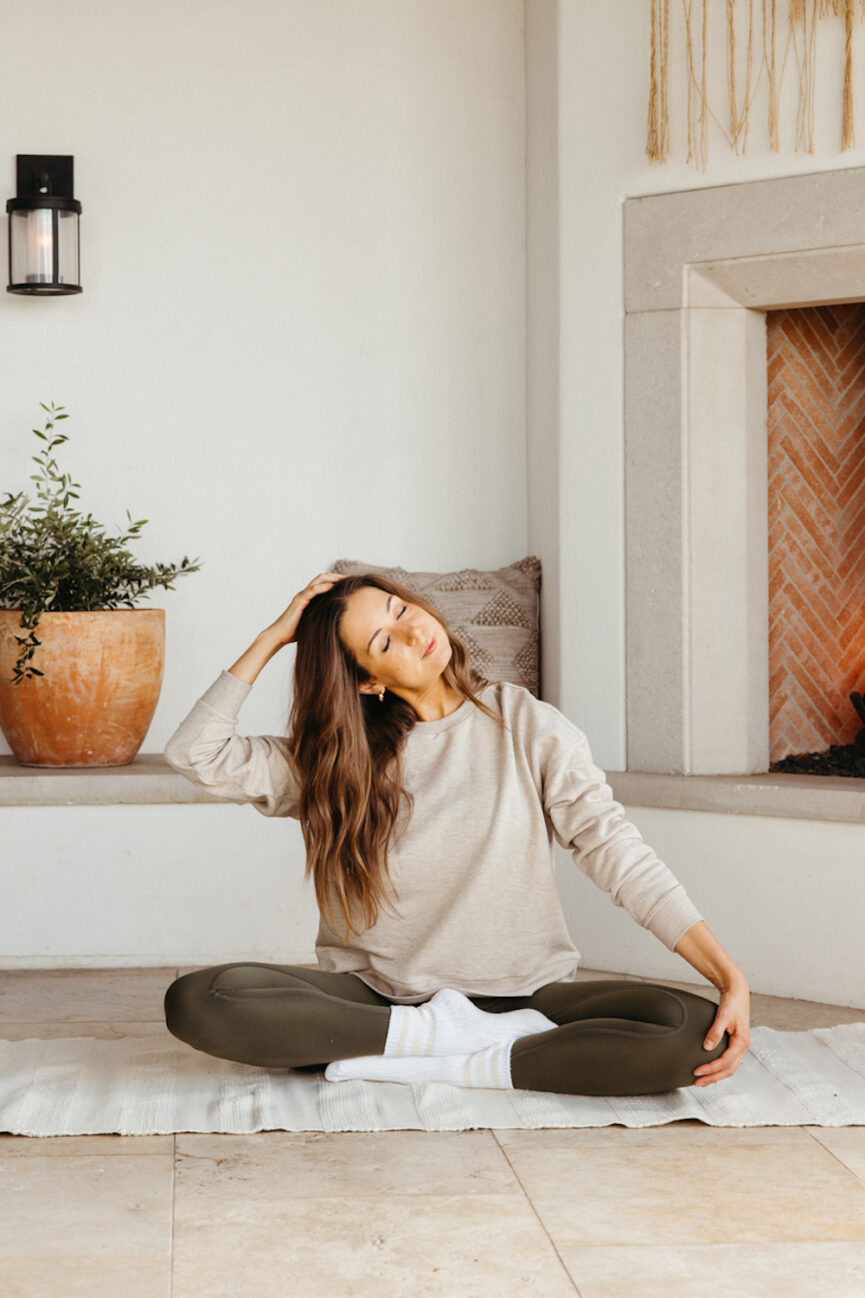
2. Make It Comfortable
When creating your personal meditation space, Brent tells me there are three essential elements to consider first: texture, scent, and lighting. “Touching on these three senses can make even the smallest of spaces feel serene,” he says. The space should also be comfortable and calming, yet in sync with the rest of your home.
“There’s an art to creating a calming ambiance throughout your living area as a whole so your meditation space doesn’t feel exclusive,” Brent adds. “I have different vignettes throughout our home where I keep my meditation staples ready for quiet moments.”
Consider loading up on rugs, throws, meditation cushions, or floor pillows to transform your corner into a cozy meditation oasis. We love layering sheepskins on top of rugs and using large pillows to deck out the space. Or, if you have the budget, consider investing in a few meditation cushions. They are designed to help alleviate pressure on certain parts of the body.
We also love using sound baths, and there are plenty of sound bath playlists online you can explore. Himalayan salt lamps and candles are another easy way to set a comfy, serene vibe in your space. Infusing these elements will go a long way in creating feelings of zen and help to improve your practice.
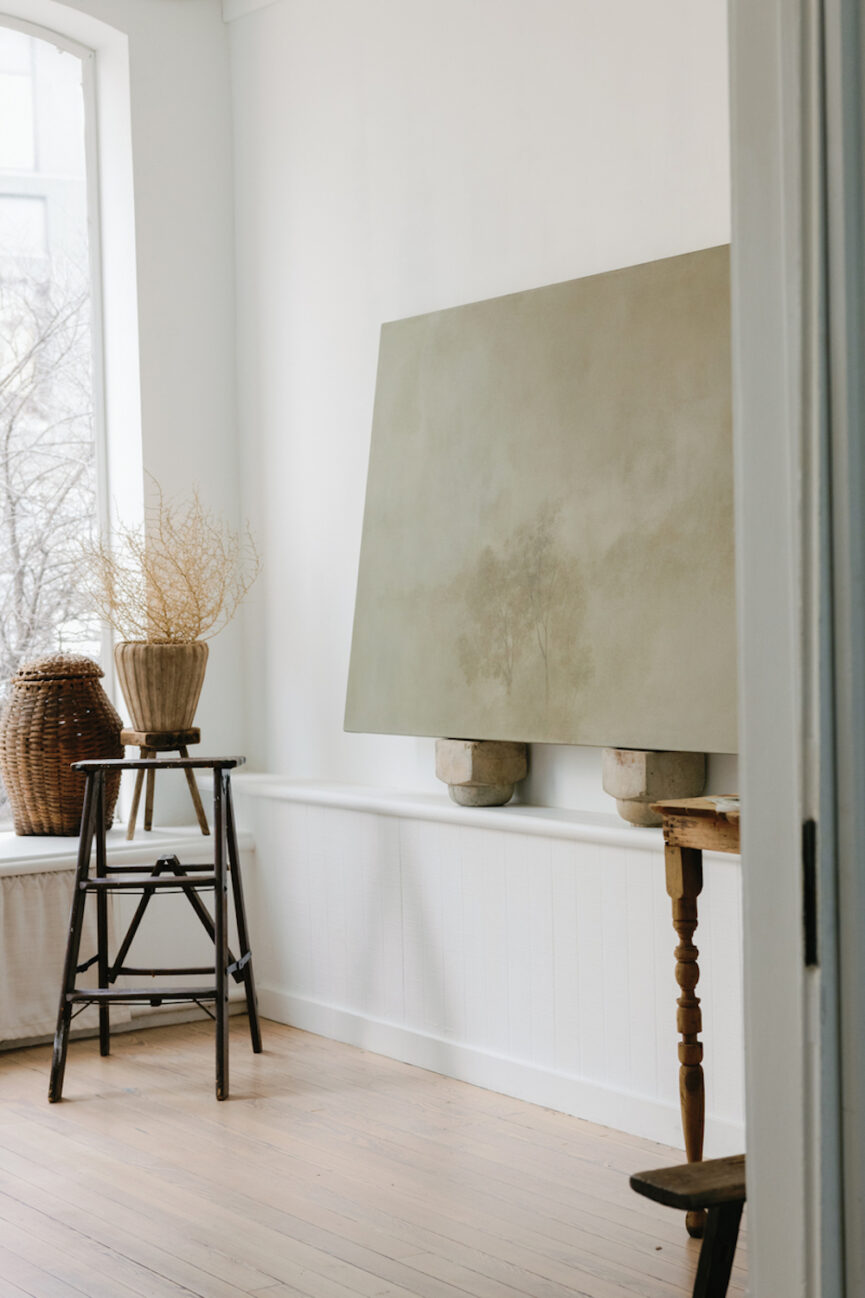
3. Pick Somewhere With Natural Light
Natural light is huge in helping me feel awake, grounded, and focused—you see it everywhere in Brent’s home, too. Choose an area in your home for your personal meditation space that has a window or skylight and allows natural light to flow into your space. If you are living in a small apartment or have minimal windows, consider rethinking certain rooms or areas in your home to accommodate. Can you sacrifice some space in your WFH area, dining area, or living room to devote to your meditation space?
Get creative in choosing the perfect corner. Remember, this is a space that you will (hopefully) be using every day, and rethinking areas that may not be getting used as much as you had originally thought may be the best option for creating your perfect meditation space at home.
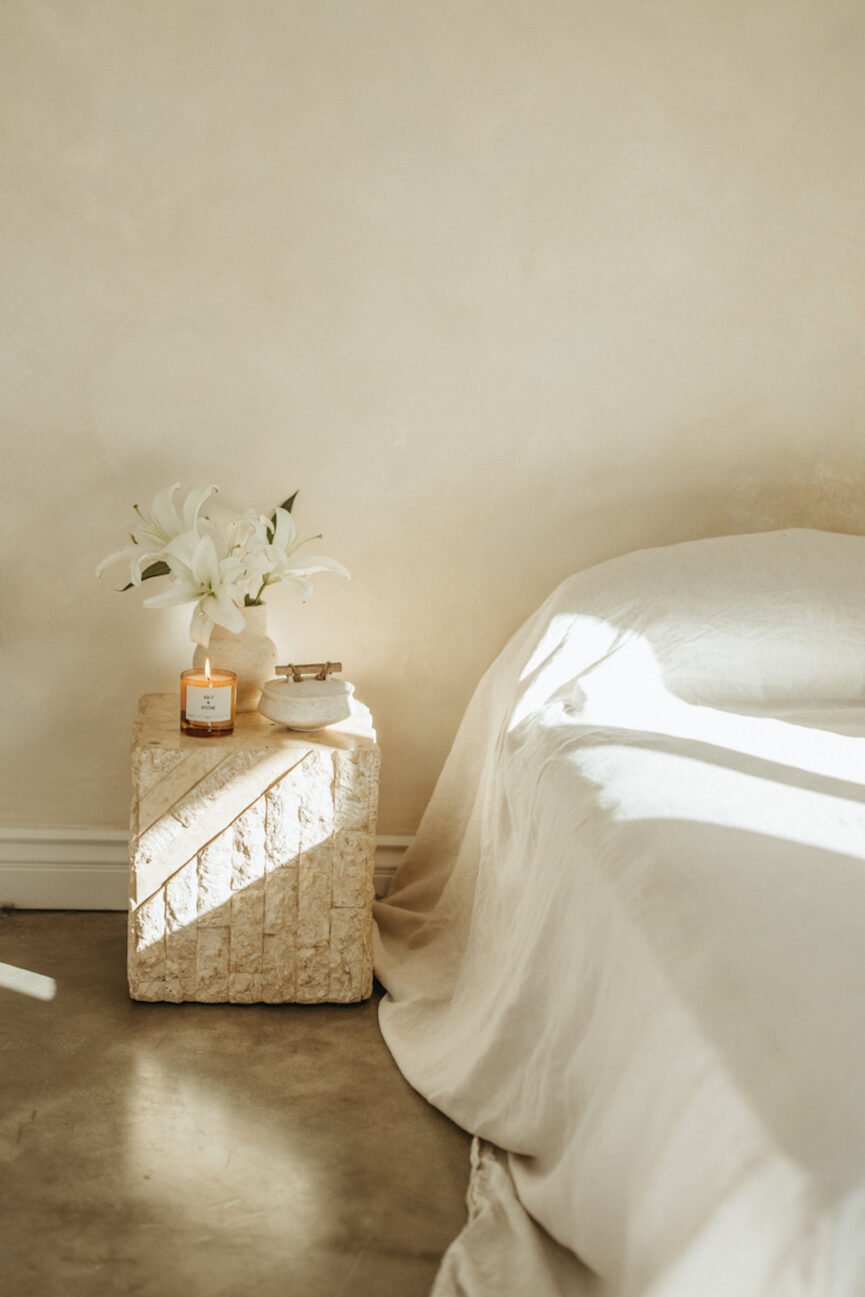
4. Keep It Clean and Uncluttered
When it comes to a meditation space, oftentimes less is more. You want this space to feel light, bright, and clean. And, having clutter around you will most likely have you feeling more cluttered in your mind. Choose a distraction-free area without a TV or computer in sight. Remember, the whole point of meditation is to be able to better handle the stress in your life, so don’t add to it by trying to perfect over-the-top meditation space. You want a minimal, no-frills, quiet, and relaxing space that instantly makes you feel calm when you step into it.
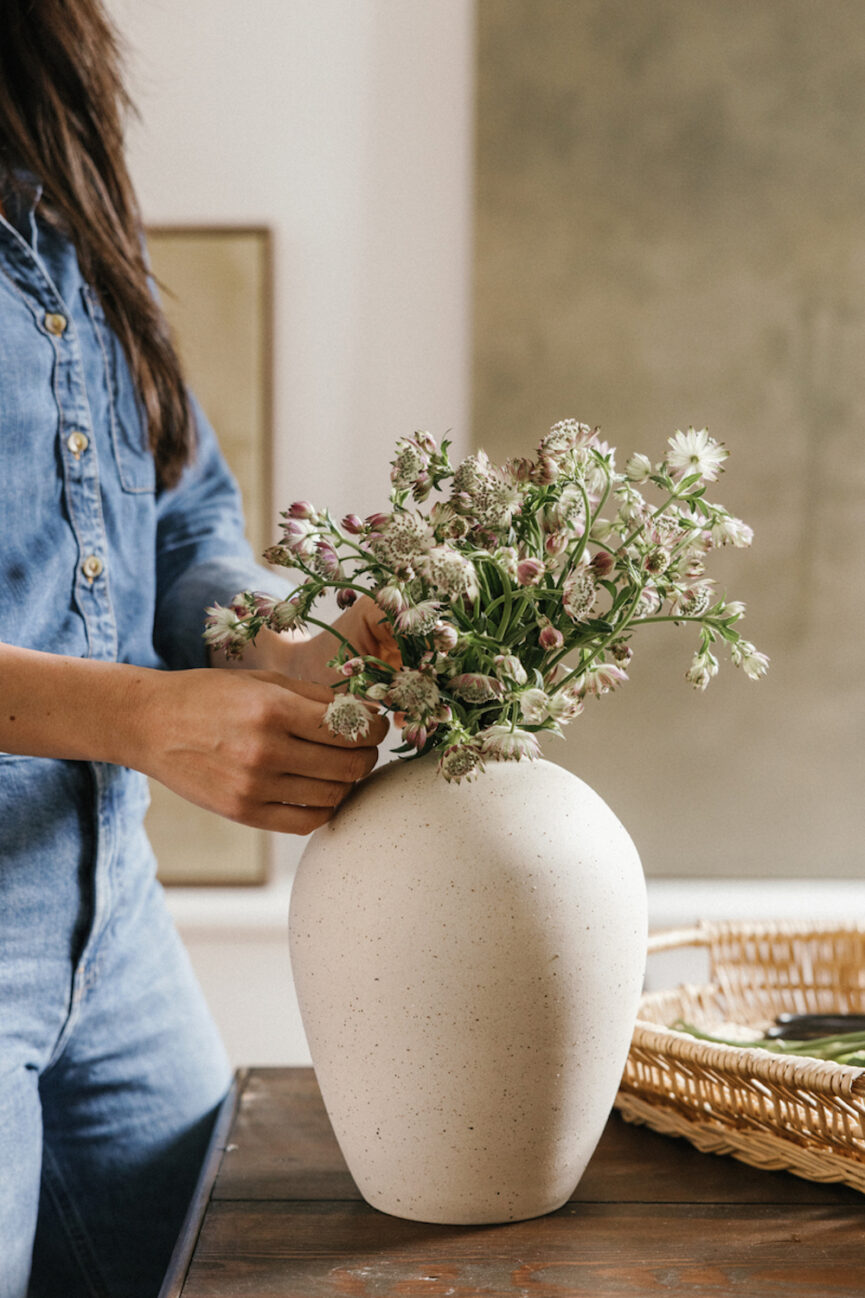
5. Incorporate Natural Elements
Nature is organically relaxing and healing, so it’s important to bring some natural elements into your mediation space. While it’s ideal to meditate on the sand by the beach or another calming, outdoor environment, it’s not always possible if you live in a busy urban environment like myself. But, adding natural touches of plants, stones, and/or greenery to your meditation space will instantly infuse it with harmony and balance.
You can choose any natural elements you like or any type of nature that brings you joy. This can be a potted plant, a vase of cut flowers, decorative branches, a small succulent garden, jars filled with sand or seashells, or even a small electric water fountain that trickles in the corner if you have space. If you’re trying to keep things compact, built-in shelving is an ideal way to display lots of little green things without encroaching on valuable real estate in your space.

6. Add a Personal Touch
When creating your mediation space, you want to include some of your own personal touches. Brent is big on infusing sentimentality. In fact, every inch of their home is layered in meaning. This can be anything from a smell, sound, or object that particularly soothes your body and relaxes your mind. Think of incorporating things like a diffuser with essential oils, candles, bells, chimes, crystals, a statue of Buddha, mala beads, words of affirmation, or artwork. Adding any of these to your space are great ways to create a serene and peaceful environment that feels unique to you.
But you do not want to overcrowd the space. It is important to design a clean and clear environment to keep your mind open. Choose only a few pieces at a time, and swap them out for different ones now and again if you cannot decide. This is a personal experience and is meant to inspire you to connect with yourself, so have some fun with it!
“When curating your meditation space, all that you need is to surround yourself with whatever is in your home that you connect to in a calming way.“
Jeremiah Brent
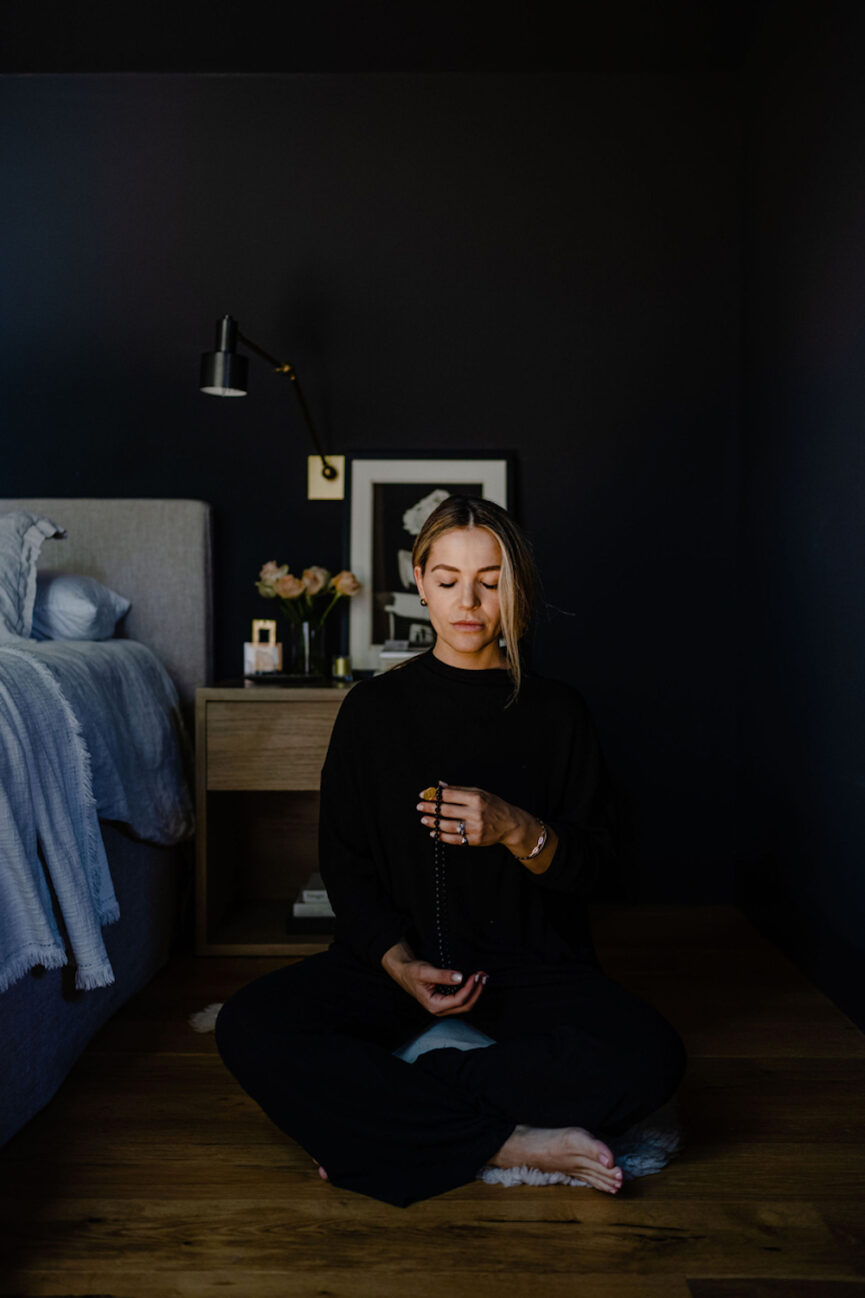
Jeremiah Brent’s Favorite Meditation Room Decor
Below, Brent shares some of the items that always make him feel centered during his mindful moments.





